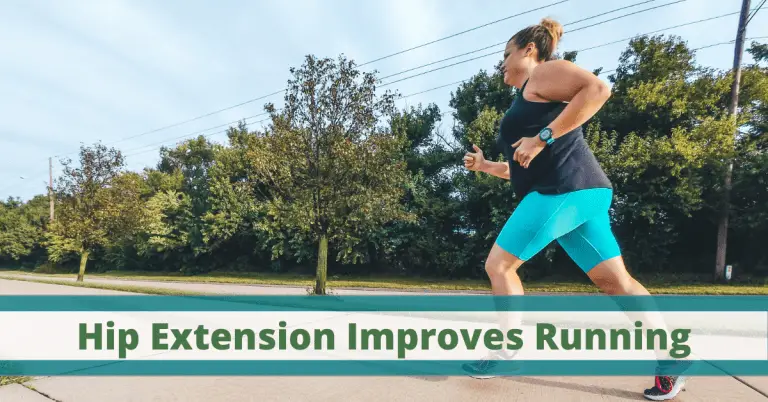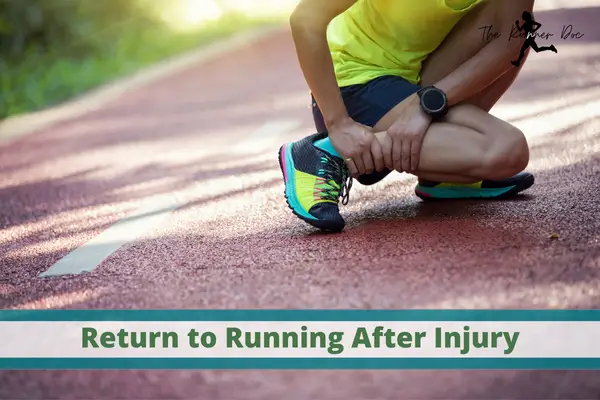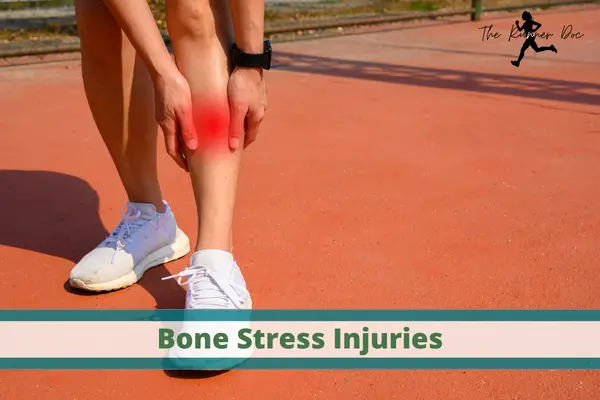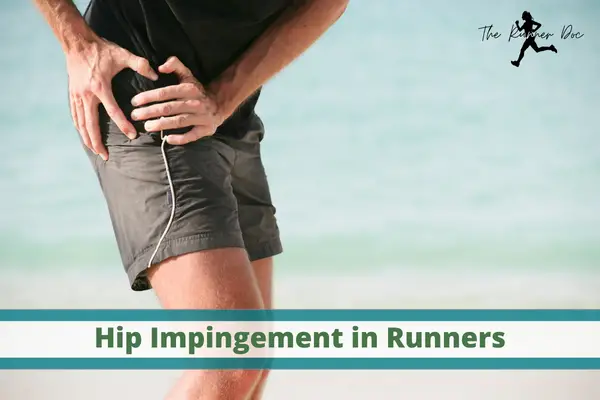SI Joint Pain in Runners: Why It Happens and How to Fix It
(THIS POST PROBABLY CONTAINS AFFILIATE LINKS. OUR FULL DISCLOSURE POLICY IS REALLY BORING, BUT YOU CAN FIND IT HERE.)
Sacroiliac Pain in Runners
Sacroiliac (SI) joint pain is a common issue for runners. It can be caused by a number of factors, including improper form, overtraining, and weak muscles. The biggest question I get is…”can I still run with SI dysfunction/sacroiliitis?”. Short answer, Yes. Long answer, a little more complicated than a simple yes or no!
There are several things you can do to fix the problem of back pain from SI joint dysfunction. Here are some tips on how to deal with SI joint pain in runners. How to Prevent and Manage SI Dysfunction in Runners.
What is SI Joint Pain?
SI joint pain can also be referred to as SI dysfunction or Sacroiliitis. It is caused by irritation and dysfunction in the SI Joint. The SI joint is the place where the spine meets the pelvis.
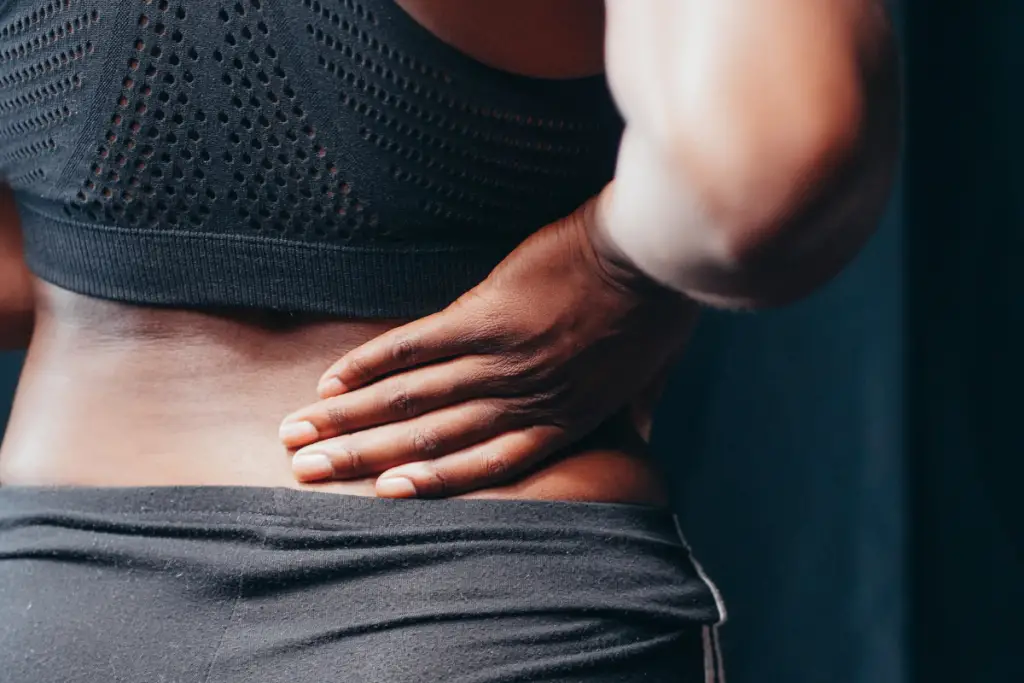
Many runners who experience back pain that is on one side and below their belt usually have pain in their sacroiliac joint. This joint is located in the lower part of the back and it usually hurts on just one side. SI dysfunction can often feel like low back pain but it is a different beast to deal with.
The Anatomy of the SI Joint
The si joint is a joint located in the pelvis area. The sacroiliac joint (SI) is made up of the junction of the sacrum and ilium bones in the pelvis. The SI joint is responsible for rotating the spine.
The human body has two SI joints, one on the left and one on the right.
One of the main functions of the SI joint is shock absorption, which helps protect the spine from impact. The SI joint also allows for transverse rotations in the lower extremity, which helps convert torque and transmit it up the spine.
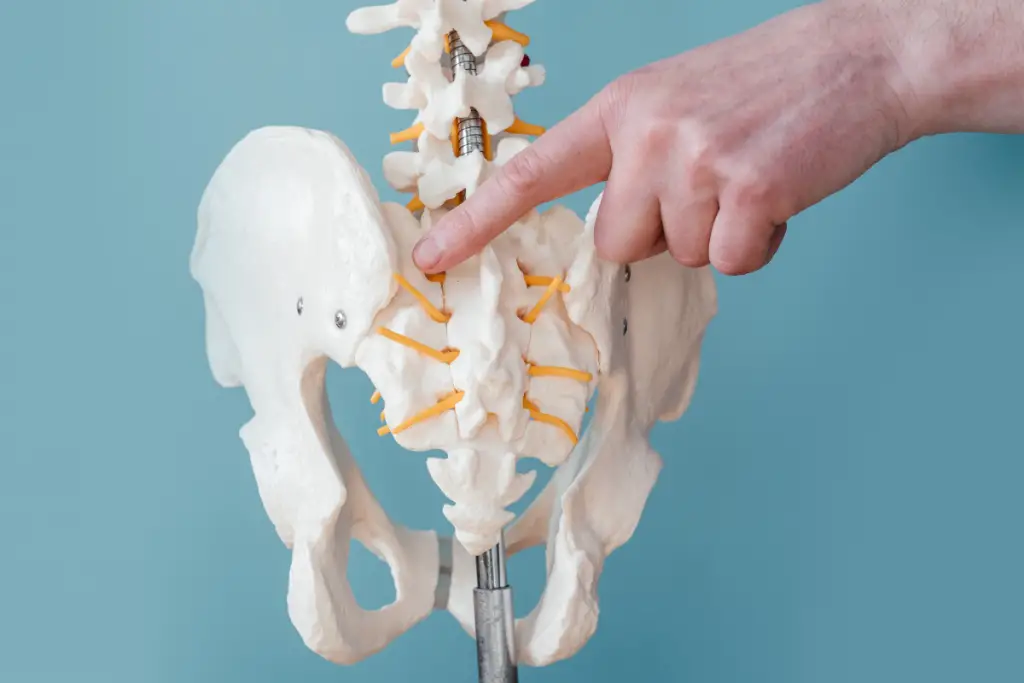
The SI joint helps with stability during the push-off phase of walking. This is because it has a self-locking mechanism that keeps it in its most congruent position.
When you transfer your weight from one leg to the other, the joints on one side close up (locks). The weight is then transferred from your sacrum (bottom of your spine) to your hip bone.
When you run, your thighs and hips move in opposite directions. This can put a lot of stress on the SI joint.
Causes of SI Joint Pain in Runners
There are a number of factors that can cause SI joint pain in runners. Some of the most common causes of SI joint pain include:
- Improper form when running – One of the most important things you can do to prevent SI joint pain in runners is to maintain proper form
- Overtraining – To avoid overtraining, make sure to limit your running mileage and intensity. Additionally, make sure to take breaks between runs to allow your muscles to recover.
- Weak muscles – One of the main causes of SI joint pain in runners is weak muscles. To prevent SI joint pain, make sure you are adding in a comprehensive strength program to your running.
This is a common list of causes of pain in runners that we see repeatedly in the different areas of the body and injuries that occur to runners.
To delve deeper into improper form and the relationship this has with SI dysfunction. A major form faux pax is over-striding. When we start over-striding we put excess strain and force through our leg that then translates into the sacroiliac joint. This is because, with over-striding, the foot hits the ground too far in front of the knee and this can cause a host of problems up the kinetic chain.
Related: Build a Running Machine: Most Important Muscles for Runners
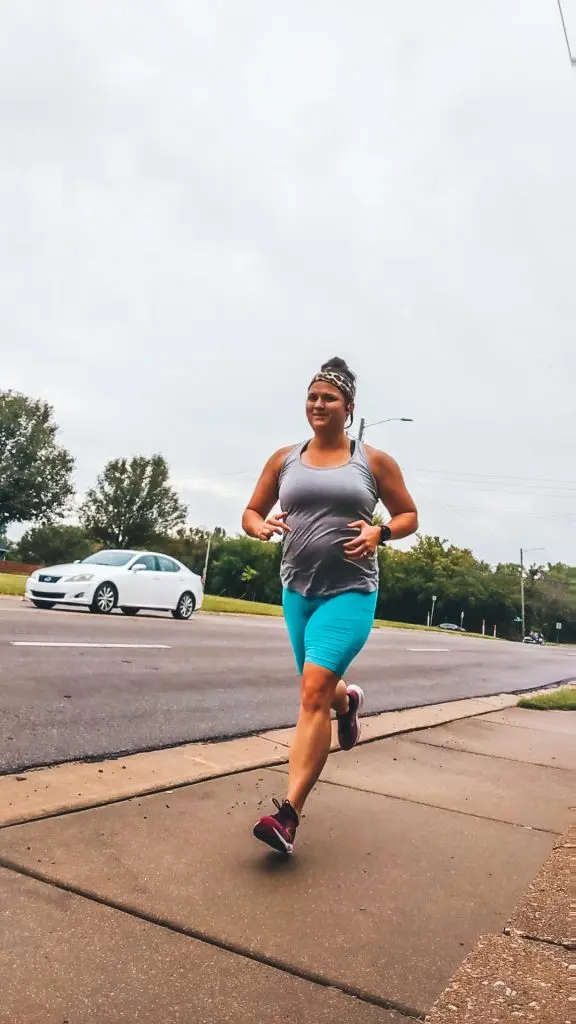
How to Prevent and Treat SI Joint Pain in Runners
There are a number of things you can do to prevent and manage si joint pain in runners. Here are some tips:
– Improve your running form.
One of the best things you can do to prevent SI joint pain is to improve your running form. Make sure you are not over-striding and that your feet are striking the ground under your hips.
– Incorporate a strength program.
As we mentioned before, weak muscles are one of the main causes of SI joint pain. By adding in a comprehensive strength program, you can help to prevent and manage SI joint pain.
– Limit your mileage and intensity.
When you are just starting out running or increasing your mileage, make sure to do so gradually. This will help your body adapt and prevent any unnecessary stress on your joints .
– Take breaks.
It is important to take days off from running to allow your body to recover. This is especially important if you are feeling pain in any of your joints.
– Stretches and exercises.
There are a number of stretches and exercises that can help to prevent and manage SI joint pain.
Treating Sacroiliac dysfunction in runners gets a little more complicated. It is usually best to work with a professional, such as a Physical Therapist, to resolve and get you going on the right track to preventing it from happening again.
You can head here to find my favorite equipment that I use to strength train and exercises at home to keep me a strong and injury free runner!
Best Exercises for SI Joint Pain in Runners
If you are experience SI joint pain, there are a number of exercises and stretches that can help. Here are some of the best exercises for SI joint pain:
– Glute bridge:
Lie on your back with your feet flat on the ground and your knees bent. Slowly raise your hips off the ground, keeping your core engaged. Hold for a few seconds and then lower back down.
– Hip Cars:
Start in a standing position with your feet hip-width apart. Bring the knee of one leg up so your knee and hip are at 90 degrees. Then twist your foot out to the side and move your leg out and back as though you were lifting over an obstacle.
– hip 90/90 switches:
Sit on the ground with your knees bent to 90 degrees. Slowly drop your knees to one side and then lean forward. Return to starting position and switch sides
– Hip hiker:
Start by standing with your feet hip-width apart. Keeping your core engaged, raise one leg and hike your hips up. Hold for a few seconds and then lower back down. Repeat on the other side.
– McGill Airplanes:
Standing on one leg lean your torso forward so you are in a straight line from head to the foot that is up in the air. You are going to slowly drop the hip of the leg that is up down and then rotate it up opening up your hips. Maintain a strong core!
– Fire hydrants:
Start on all fours. Keep your core engaged and raise one leg to the side, keeping your knee bent to 90 degrees. Hold for a few seconds and then lower back down. Repeat on the other side.
– Bird dog:
Start in a quadruped position with your hands and knees on the ground. Keeping your core engaged, raise one leg and extend it behind you while reaching the opposite arm forward. Hold for a few seconds and then return to starting position. Repeat on the other side.
Running with SI Joint Pain
Short answer. Yes you can go running with SI Joint Dysfunction.
My rule of thumb almost always is that if you can run with less than a 5/10 pain on a scale of 1-10 (10 being worst pain you have ever felt going to the ER). Then you are good to go. A second rule in addition to that is the pain should not last for more than 24 hours at an increased amount compared to before your run.
Modifying is always better than completely stopping. The whole RICE concept has been pretty much thrown out the window for most pain issues in the sports world. Rest is not going to do you much good usually unless you are dealing with an acute flare-up.
While you can still run with SI dysfunction and I encourage you to do so with pain as your guide. You should also be actively working on fixing the issue. Just because you can keep running doesn’t mean you don’t need to fix and address the pain concurrently!
Acupuncture and Dry Needling for SI Joint Pain when Running
Acupuncture and dry needling are two well utilized treatments for SI joint pain. Acupuncture is an ancient Chinese healing therapy that involves the insertion of needles into the skin to stimulate certain points. Dry needling is a newer therapy that involves the insertion of needles into the muscle to help release tight muscles and improve mobility.
A study published in 2015 looked at the effect of dry needling on SI joint pain. The study found that dry needling was effective in reducing pain and improving function in people with SI joint pain in addition to an appropriate and personalized stretching/exercise program.
Keep in mind though, there is very little STRONG research based evidence that either of these therapies are beneficial to treating various symptoms. They should be used in a comprehensive approach to treating SI dysfunction and not relied on as the sole treatment option.
They help reduce symptoms, but don’t fix the cause of the pain in your sacroiliac joint.
Conclusion: How to Fix SI Joint Pain
If you are experiencing pain in your SI joint, there are a number of exercises and stretches that can help. You should also work with a professional to resolve the issue. Additionally, acupuncture and dry needling may be beneficial in reducing symptoms. However, these treatments should not be relied on as the sole solution for SI joint pain.
Running with SI joint pain is possible as long as your pain isn’t too severe . You should also be actively working on fixing the issue. Just because you can keep running doesn’t mean you don’t need to fix and address the pain concurrently!
Related Articles to How a Physical Therapist Prevents and Fixes SI Joint Pain
- The Best Way for Runners to Test their Mobility and Stop Getting Hurt
- Can Running Cause Low Back Pain
References for Sacroiliitis Treatment in Runners
AFFILIATE DISCLOSURE
As an Amazon Associate, I earn from qualifying purchases. This post may contain affiliate links. If you use these links to buy something we may earn a commission. The Site may contain links to affiliate websites, and we receive an affiliate commission for any purchases made by you on the affiliate website using such links.
All information should be used as a tool for more knowledge on the subject topic, to use as references for later articles where applicable, or just to keep it in mind during future exercise routines or activities.
This article is not meant to give medical advice or to replace professional health care. Should any ailment occur please contact your doctor or physical therapist immediately to keep yourself safe and prevent further damage.
The author is not liable for any personal or commercial damage directly or indirectly related to the content hereof. You are responsible for adhering to local laws and regulations regarding health & safety, including proper use of equipment or safety gear, and compliance with governing healthcare associations, and state, and federal regulations.

SI Joint Pain After Running
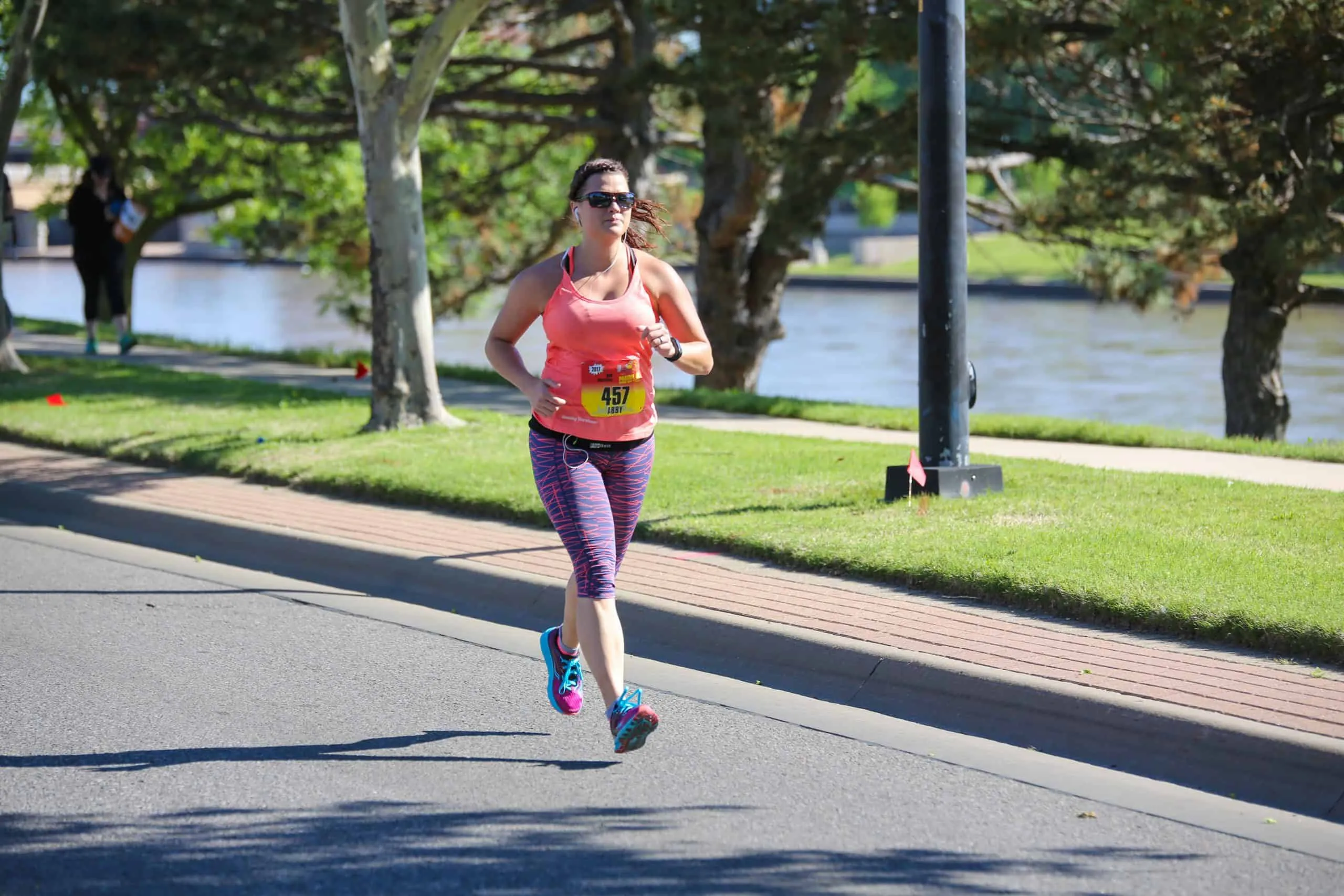
Dr. Abby Siler, PT, DPT is a Physical Therapist with 10 years of experience in a variety of settings. She has spent the majority of her time treating athletes in orthopedic clinics and worker’s compensation cases. She is a runner herself for the past 15 years and a lifelong athlete. Dr. Abby loves to teach runners how to stay injury free and out of her clinic.



